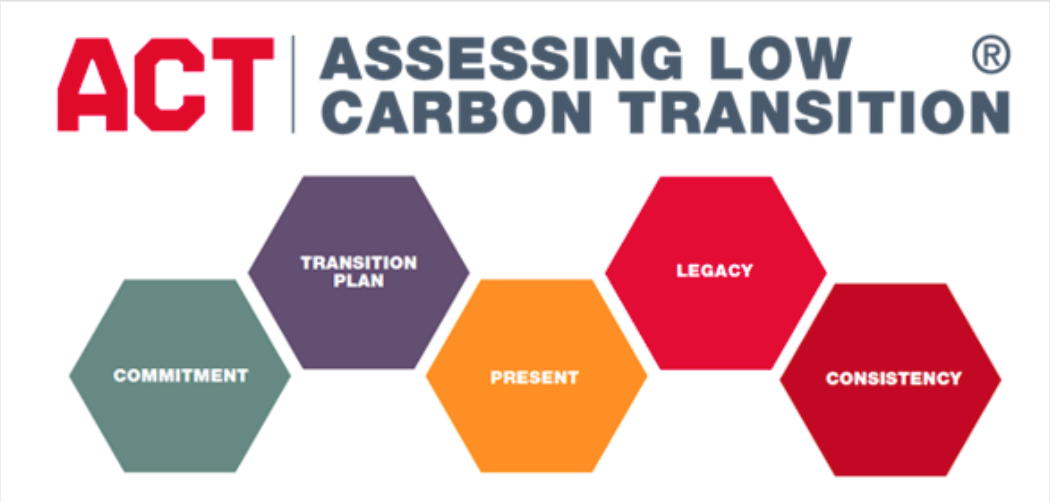
However, when each group adopts a different approach, it becomes impossible to compare these results with the rest of the sector. This tool can quantify changes and set targets, but it also leaves room for greenwashing activities.
The new Act methodology, currently being tested by about ten fashion and luxury brands and groups, aims to harmonize the sector’s practices.
Supported by the Paris Good Fashion association, Le Défi, and Ademe, this project relies on the expertise of the World Benchmarking Alliance, Climate Chance, and the consultancy firm Deloitte.
“Last year, we assessed the progress of French brands in terms of sustainability. The positive points were a growing awareness of eco-design and ongoing work on traceability. However, the downside was the lack of harmonization in carbon assessments,” explains Isabelle Lefort, co-founder of Paris Good Fashion. “The conclusion was that the sector needed a tool that everyone could use to measure and thus advance collectively and meet the challenges. LVMH and the Richemont group have committed to the project. We approached recognized international organizations to adapt the Act methodology, which evaluates the credibility of companies’ carbon plans.”
The advantage of the Act method, for Assessing Low-Carbon Transition, is that it has already been developed in 14 sectors, such as transport, retail, and food. It already relies on nine thematic modules and analyzes the actions implemented. Since late 2023, Paris Good Fashion and its partners have collected feedback from the sector, including large groups and SMEs, brands, and retailers, to identify how to offer the most suitable tool for fashion and luxury.
“To establish the methodology, LVMH, Chanel, the Richemont group, Lacoste, Etam, as well as Le Bon Marché and Galeries Lafayette participated in the work, along with sector federations. The process is defined by Ademe. There was an initial phase of bibliographic work with interviews of brands and experts to validate a first version,” explains Isabelle Lefort. “Then, we had a public consultation in which 185 organizations participated, including international players. This allowed us to make refinements, especially to ensure it is suitable for both large groups and small businesses. We are now in the experimental phase of the method with 18 companies to ensure it is well adapted.”
The project is substantial and mobilizes many resources. The Act methods from other sectors provide a basic framework, but the fashion and luxury sector requires specific adjustments. “It’s a very complex sector with many actors along the value chain compared to other industrial sectors,” analyzes the co-founder of PGF. “But it’s certain that we focus on scope 3 (carbon emissions related to purchased goods and materials). However, we also refer to other methodologies, such as transport, to avoid duplication. Our goal was also not to burden companies with data searches. About 90% of the necessary data is already collected, for example, under the European CSRD (Corporate Sustainability Reporting Directive) obligation.”
In light of various French and European projects regulating environmental issues in the textile sector, the Act methodology already specifies that it will refer to the predominant legislation. Once definitively validated, the Act methodology for fashion and luxury will be available open source, meaning it will be free. The only requirement will be to train a company representative in its implementation.
To Read – Fashion Network
